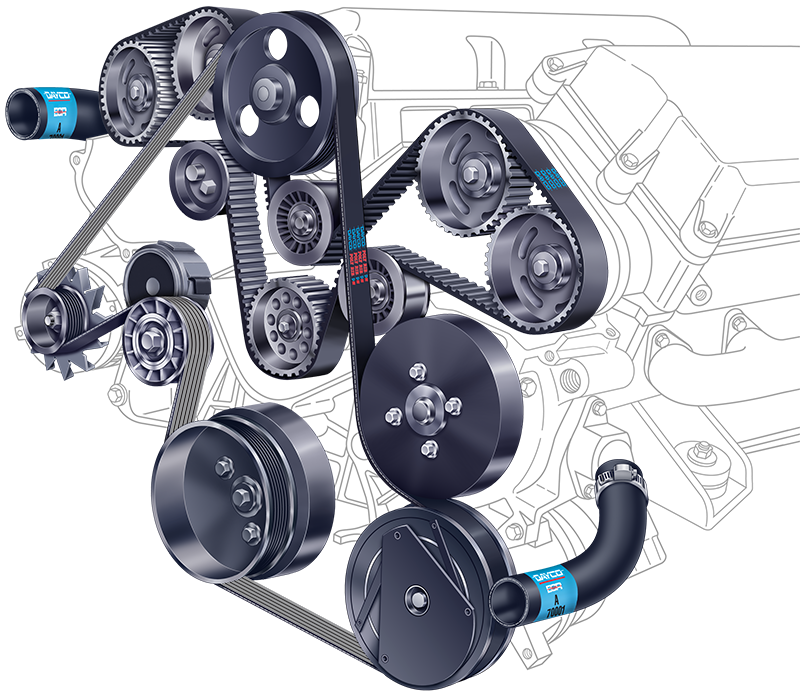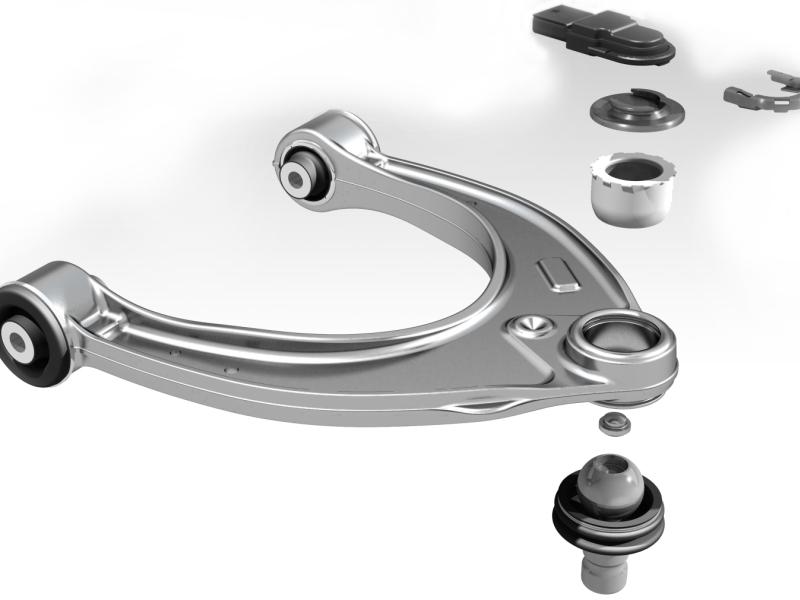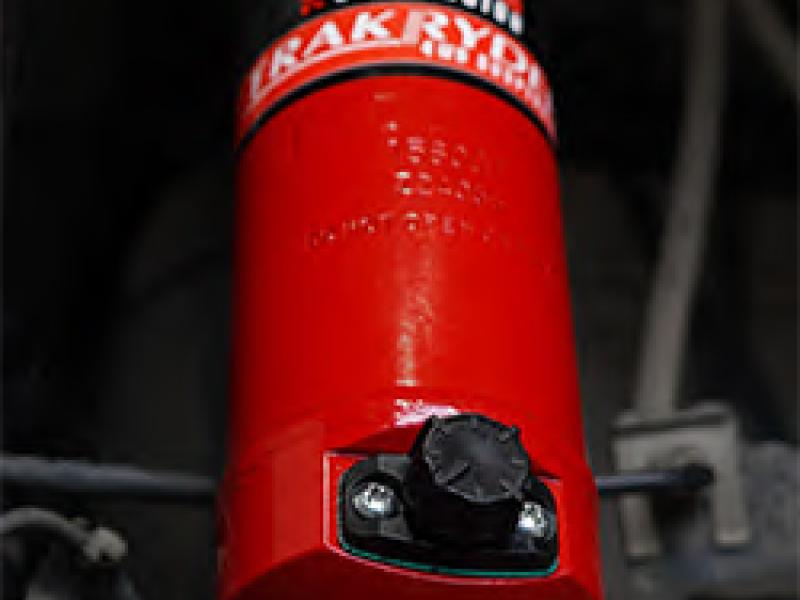There is a fascinating story behind a Dayco innovation that completely revolutionised vehicle engine design. The combination of global circumstances, a legendary vehicle design and absolute necessity led to the invention of the Dayco Serpentine Engine Belt fitted to the 1979 Ford Mustang five litre, 302 cubic inch VB engine.
The oil and energy world was in turmoil during the 197o's, as most of the world's oil came from the Middle East, particularly Iran. Deteriorated relations between the United States and Iran resulted in the Arab Oil Embargo with Iran refusing to supply oil to the USA This created an oil crisis, bringing forward the need to improve American vehicle fuel economy for manufacturers and consumers alike.
Ford's original Mustang design had grown bigger, heavier and more muscular using large, fuel guzzling engines. At the peak of the oil shortage, Ford began designing its third generation Mustang for a planned launch in 1979_ The intent was to have a better designed, more fuel-efficient Mustang sportscar that would replace the poor selling Mustang II.
Ford's original design concept called for four and six cylinder engine options, so the vehicle's engine space was designed with enough room for those engines. Responding to customer demand, Ford's marketing department applied pressure for a Vs engine option to be added to the new model Mustang, as more oil was becoming available from America's own resources. Ford management agreed and one year before the new model launch the decision was made to add the 302 V8 engine to the new Ford Mustang line up.
But there was a major problem with this. Initial attempts to fit the 302 into the engine compartment failed. The engine and all of the accessories and belt drives simply would not fit into the space. They were about one inch too short in clearance and needed a fast solution. It was impossible for Ford to make the engine compartment any larger due to the existing and highly expensive tooling that had already been made.
Ford could not make the car longer, so they had to make the engine shorter. In thinking of the solution, some Ford engineers had raised the fact that engineers from their long term engine belt and component supplier, Dayco, had spoken about their plans to replace the four V-Belts and the large pulley sheave with a single engine belt system.
Ford hadn't implemented this new design concept before, because no engineer or buyer Ford could not make the car longer, so they had to make the engine shorter. In thinking of the solution, some Ford engineers had raised the fact that engineers from their long term engine belt and component supplier, Dayco, had spoken about their plans to replace the four V-Belts and the large pulley sheave with a single engine belt system.
Ford hadn't implemented this new design concept before, because no engineer or buyer would risk ruining their career by making such a major change without knowing the outcome. But with necessity being the mother of all invention, the new Mustang challenge saw Dayco make this happen.
Dayco invented and developed a single belt system. resulting in the 302 Vs engine length being reduced by two inches - more than enough for it to fit into the new Mustang model's engine bay.
Dayco's Springfield Technical Centre went all out on this project taking it from concept to total reality.
The first challenge was putting the ribs into the serpentine belt design. Initial attempts were to mould them into the belt. Moulds were very expensive and one little nick or dent would render the mould and resultant belt defective. The Dayco engineers solved this by making the belt flat and to then cutting or grinding the ribs into it.
The second challenge to overcome was the high loads exerted on the belt caused by the turning of all the front-end accessories. which resulted in the belt stretching by about 1%. While this doesn't sound like a great deal. on a 100-inch belt it resulted in an inch of stretching. This would cause lost tension, slipping and ultimately belt failure.
The Dayco team solved this by adding a spring-loaded tensioner to keep the belt at the proper tension. Together with tensioner manufacturer Magna, Dayco developed the first engine belt tensioner to meet the Ford 302 Vs engine specifications and performance criteria.
Thanks to the forward thinking of Dayco's talented engineers and manufacturing team, the new 1979 Ford Mustang was launched on time with a Vs option to vast consumer and motoring media acclaim. The new model achieved record sales figures and gained cult status among performance motoring enthusiasts that continues to this very day.
Almost all vehicle accessory drives are serpentine belt drives today, all based on Dayco·s original design. It is interesting to note that Dayco·s serpentine belt design replaced the Raw Edge V-Belt. which was developed by Dayco as the solution to another major problem for General Motors in 1921, but that is a whole other story.
Dayco has an irreplaceable technical legacy with the Ford Mustang, the link continuing to this day as the company continues to supply Ford and most of the world's leading vehicle manufacturers with premium quality serpentine engine belts, general engine belts and associated componentry.
Dayco also continues the global company's historic link with the Ford Mustang through the most competitive Touring Car Championship in the world, the Australian Supercars Championship. The global company has enjoyed a highly successful marketing partnership with Ford Mustang Supercar teams from their introduction to the series in 2019 and continuing through to the present day.






